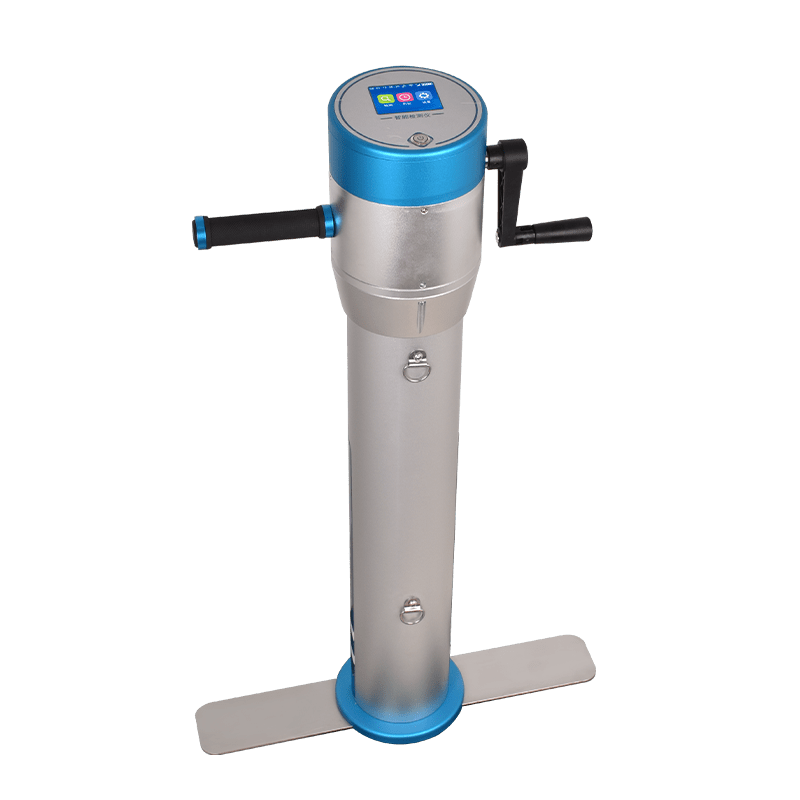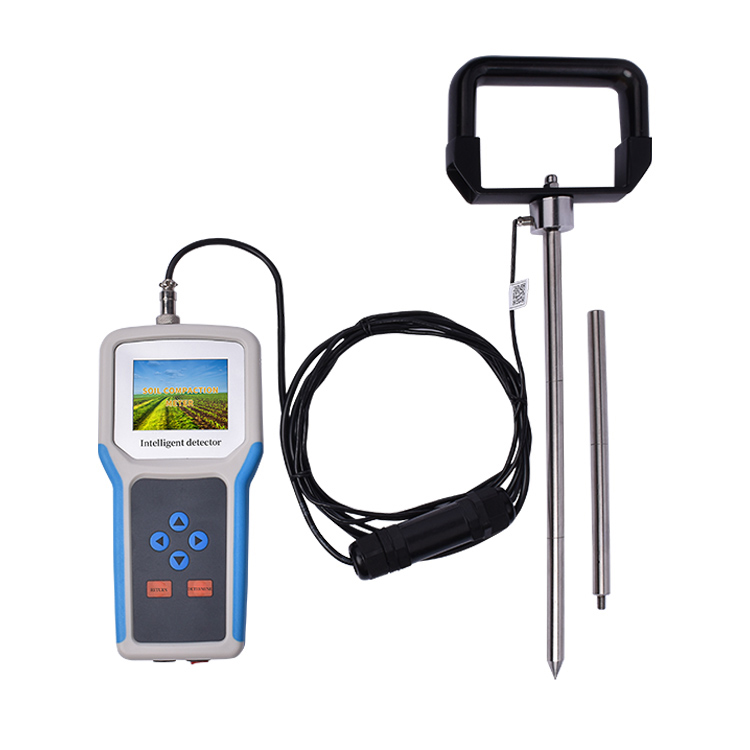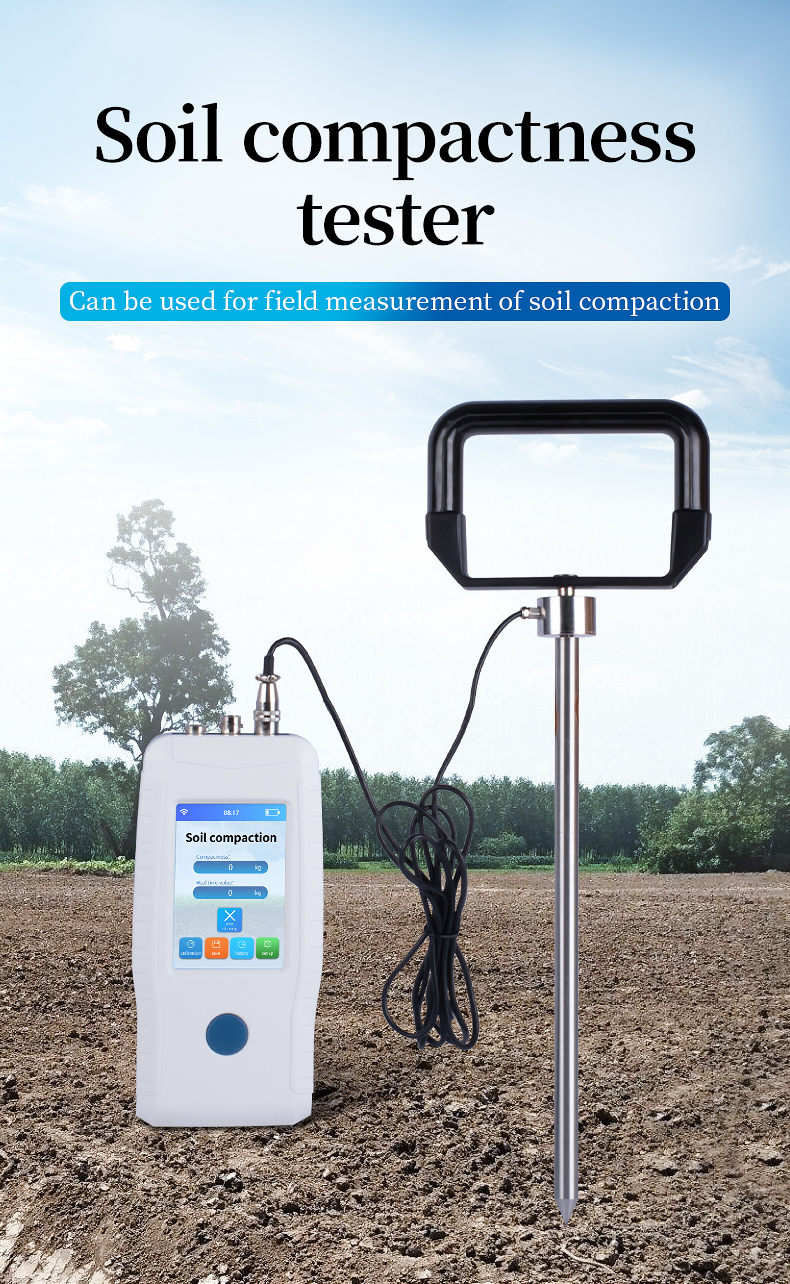
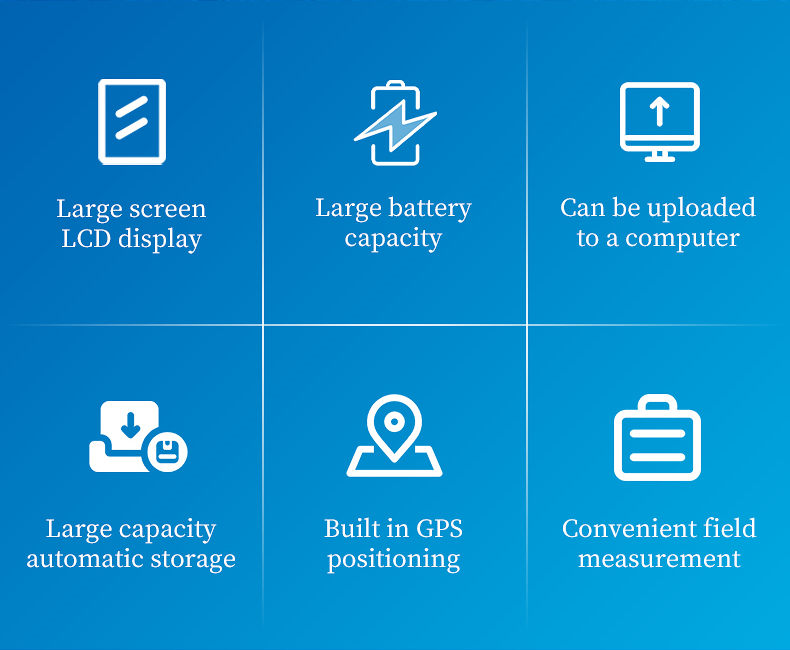
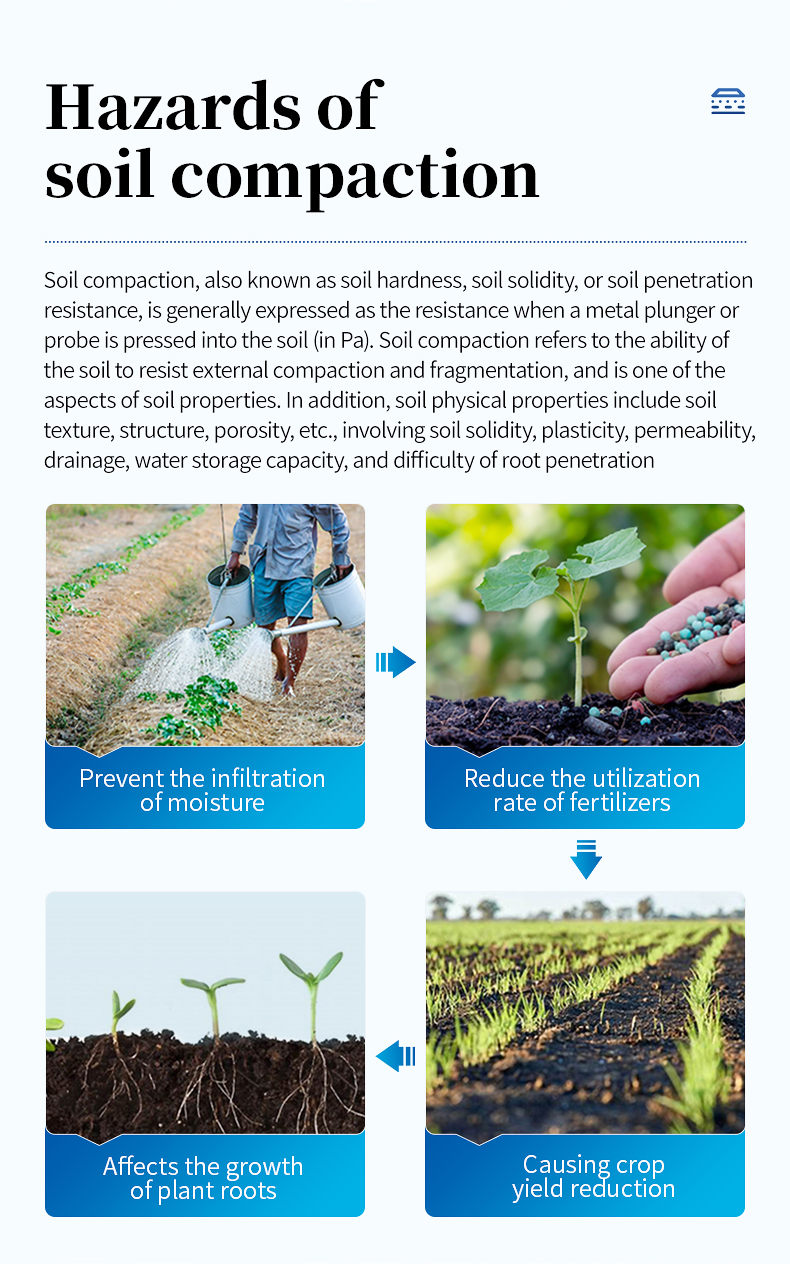
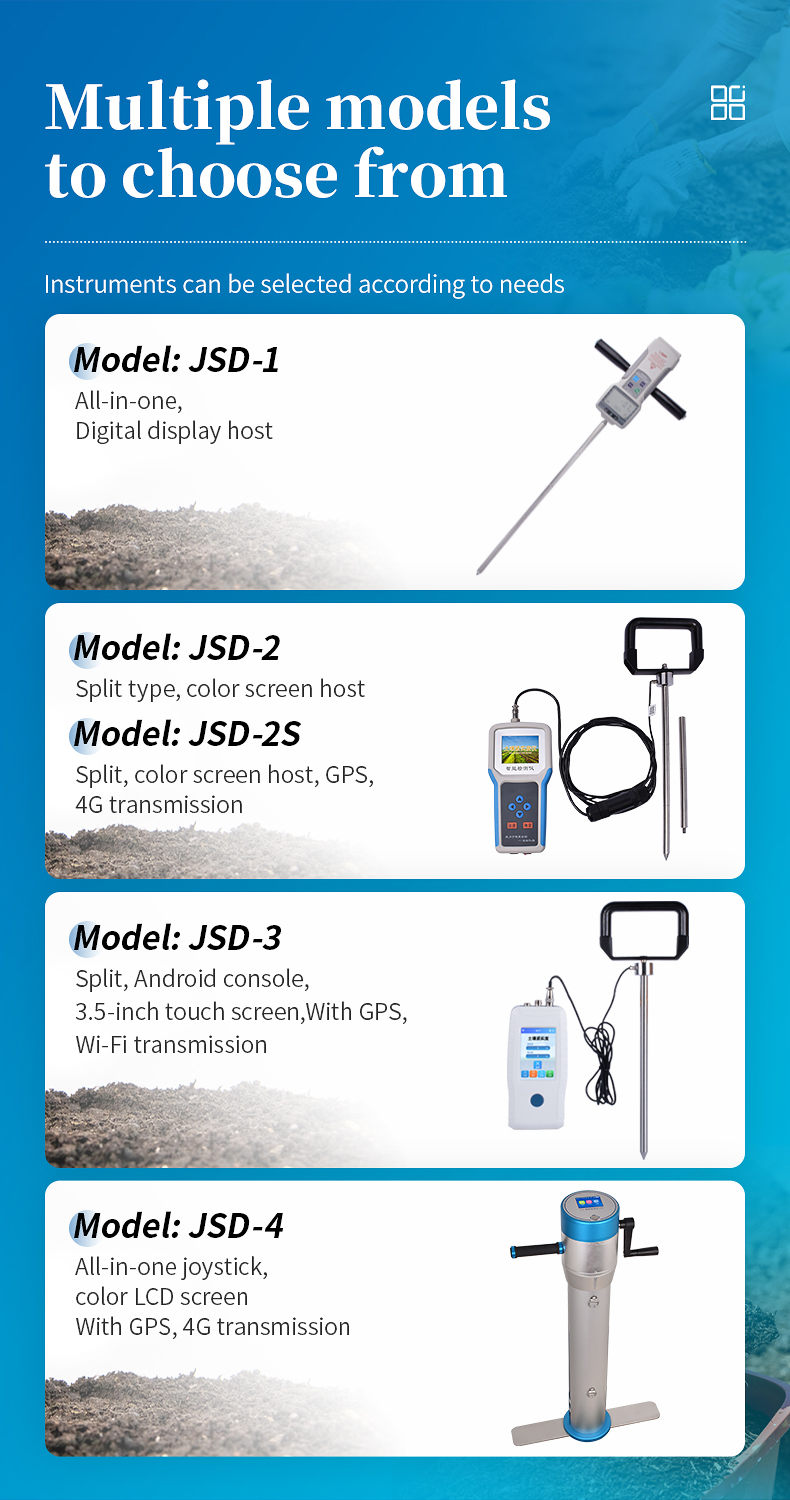
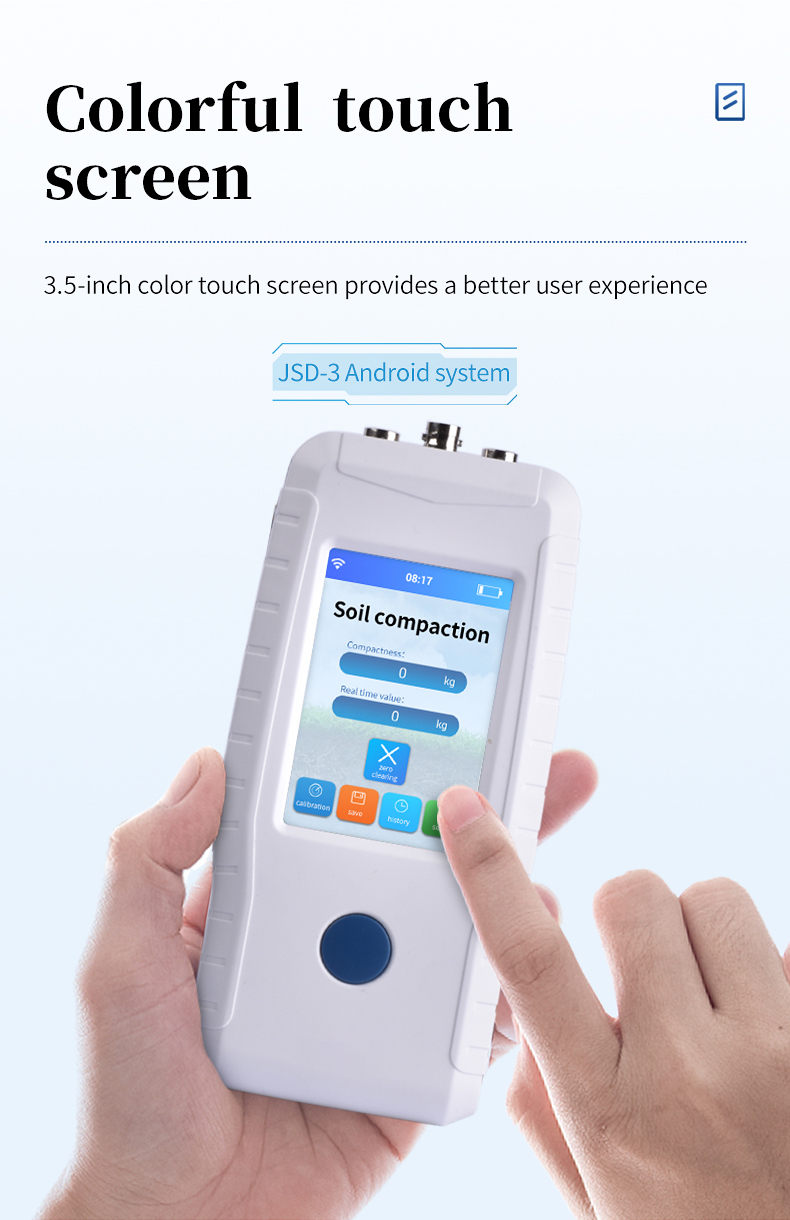
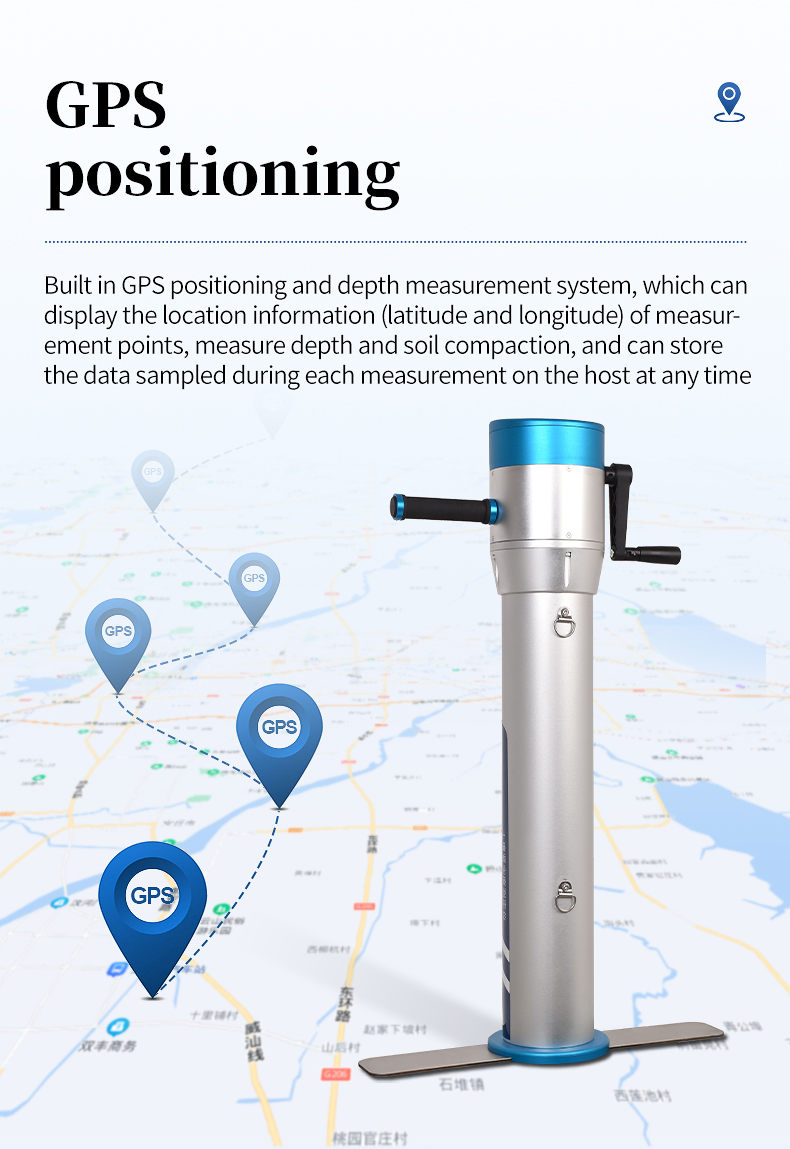
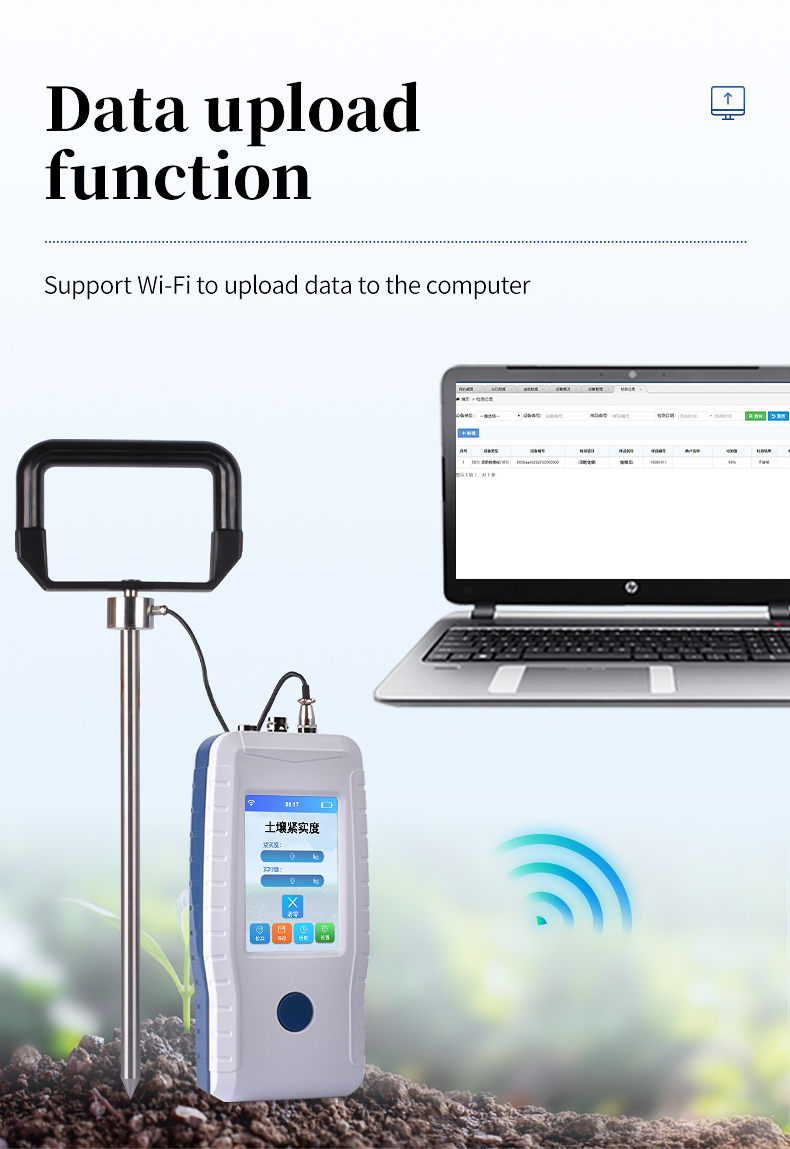
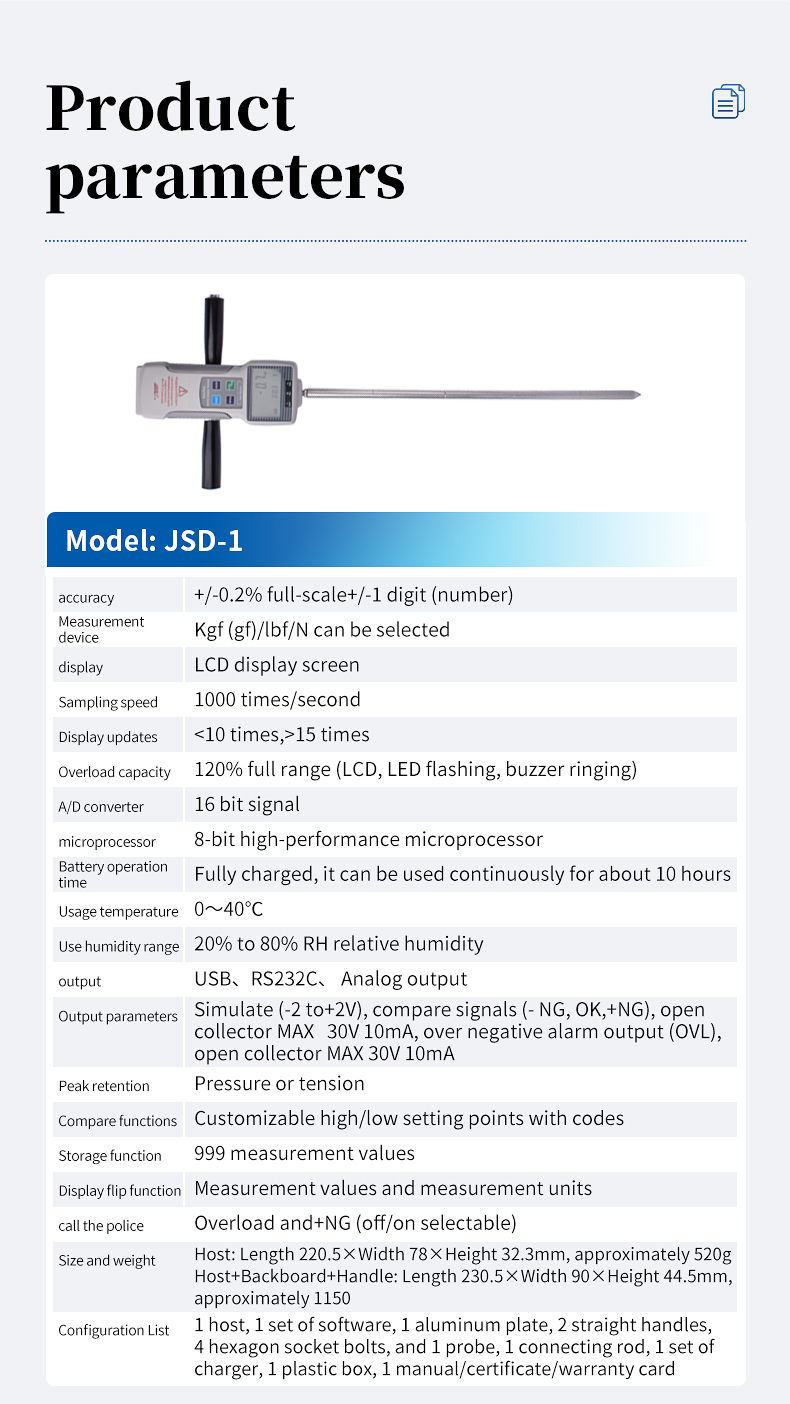
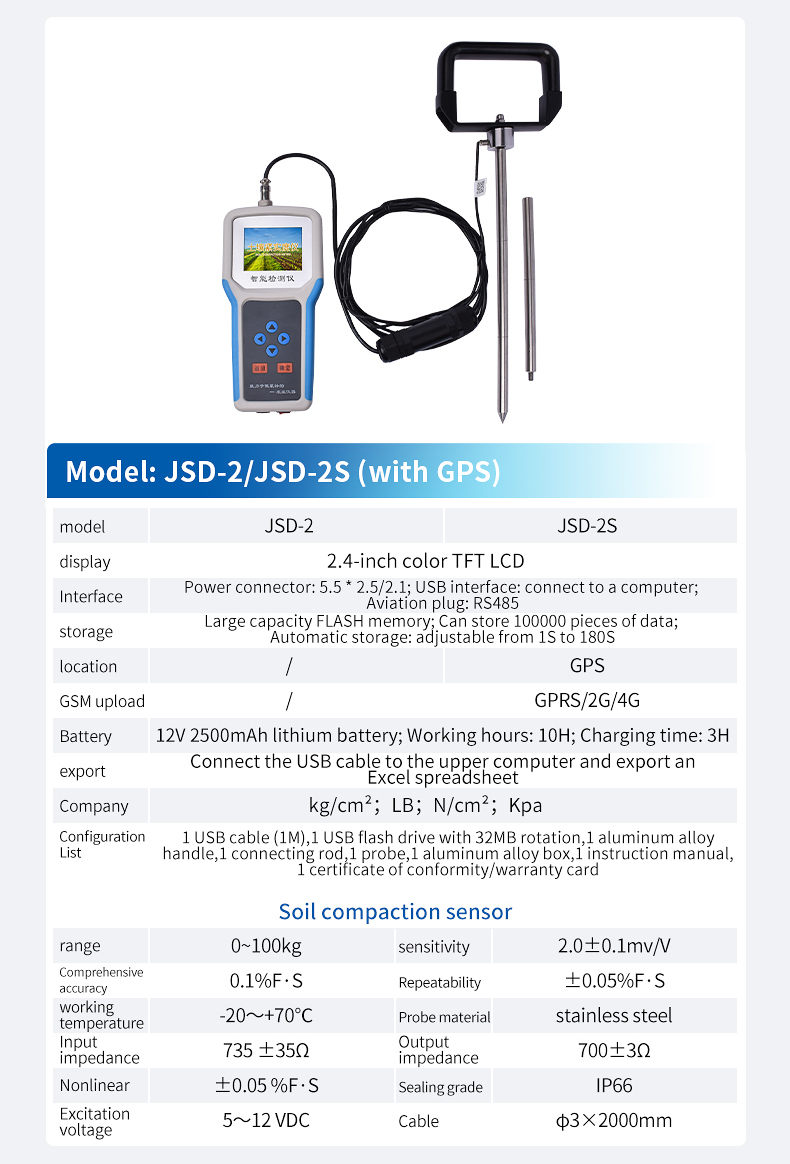
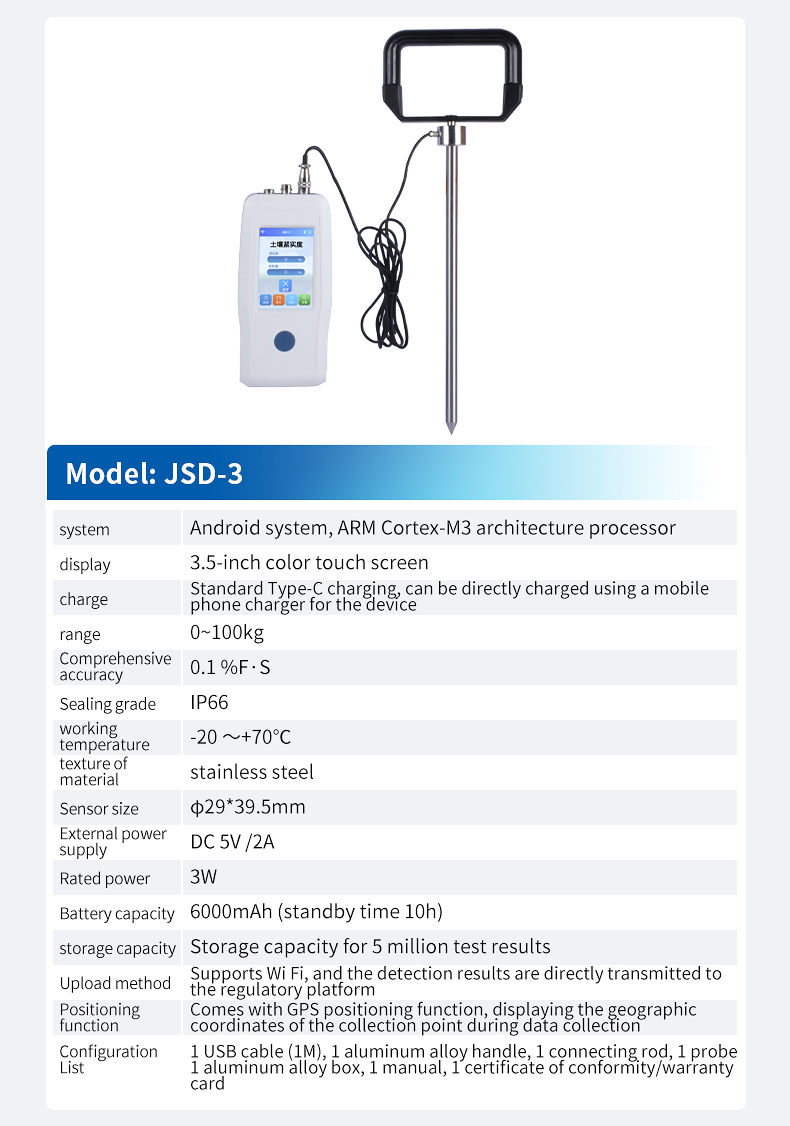
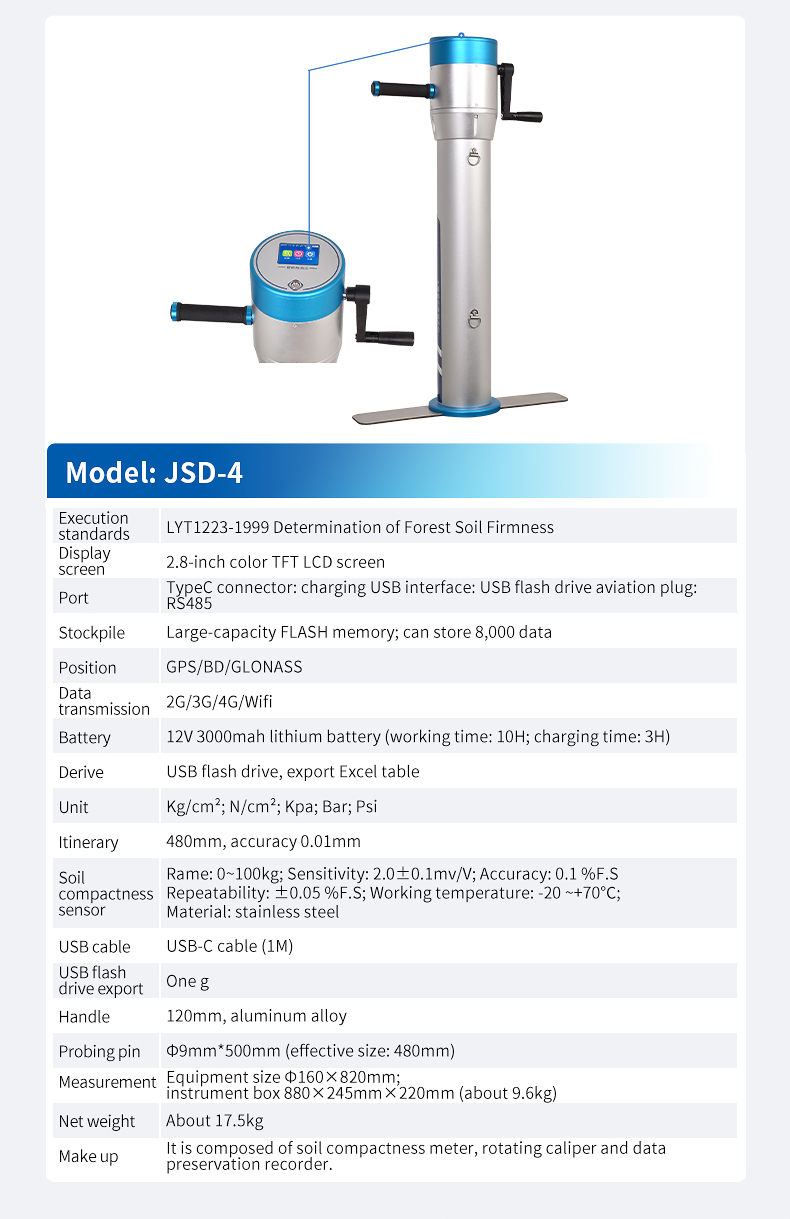
Instrument Introduction
This device is a soil moisture monitoring system composed of a handheld data collector and a compaction sensor. At the same time, it has the advantages of easy operation, convenient portability, and fast and reliable detection, making it unique in the field. The data in the handheld acquisition device can also be connected to a computer through a USB data cable, and historical data can be exported to the computer for data analysis.
Soil compaction, also known as soil hardness or soil solidity or soil penetration resistance. It is generally expressed as the resistance (in Pa) when a metal plunger or probe is pressed into the soil. Soil compaction refers to the ability of soil to resist external forces, including compaction and fragmentation, and is one aspect of soil properties. In addition, soil physical properties include soil texture, structure, porosity, etc., which involve soil solidity, plasticity, permeability, drainage, water storage capacity, and the difficulty of root penetration.
Soil compaction is composed of soil resistance to shear, compression, and friction forces. It is a composite indicator of soil strength. When a metal plunger or probe is pressed into soil, there are two methods: dynamic load and static load. The measured values of different methods are different, but they are related. The shape of the plunger includes cones, flat heads, spheres, wedges, etc., which also have an impact on the measured values. The measured values of the same method are mainly determined by soil texture, bulk density, and moisture content. The impact of moisture content is the greatest among them. Soil compaction can predict soil carrying capacity, tillage performance, and resistance to root extension. The size of soil compaction can affect the perforation and growth of crop roots, and is an important soil physical property indicator used to evaluate soil tillage. Tight soil can prevent water infiltration, reduce fertilizer utilization, affect plant root growth, and lead to crop yield reduction.
Technical parameters
1. Display: 2.8-inch color touch screen
2. Processor: 32-bit high-performance microprocessor
3. Language: Chinese and English
4. Probe: Stainless steel diameter 10 * 300mm (with a scale of 1mm), 1 piece
5. Extension rod: Stainless steel diameter 10 * 200mm (with a scale of 1mm), 1 piece
6. Probe: Stainless steel diameter 12.8 * 40mm
7. Range: 0-100 kg/cm ²; 980.67N/cm²; 9806.65Kpa; 98.07Bar; 1422.33Psi
8. Unit: kg/cm ²; N/cm²; Kpa; Bar; Psi;
9. Resolution: 0.01
10. Comprehensive accuracy: 0.1% F ∙ S
11. Repeatability: ± 0.05% F ∙ S
12. Time setting: 24-08-01+14.30.00 (14:30:00 on August 1, 2024)
13. Storage: Large capacity FLASH memory; Can store 100000 pieces of data;
14. Automatic storage: 1S~180S adjustable (default off)
15. Measurement curve: 30kg (default)/90kg/450kg
16. Export: USB drive export, export Excel spreadsheet
17. Interface: USB; Type-C; Aviation connector
18. USB flash drive: 1GB; for data export purposes
19. Battery: 12V/3000mAh lithium battery;
20. Usage environment: Temperature: 0-40 ℃; Humidity: 20% to 90%
21. Power supply: Input: AC110~240V/0.3A 50Hz; Output: 5VDC 1A
22. Host size: 165 × 80 × 30mm
23. Host weight: Approximately 430g
Article address:https://www.soiltesting.cn/pro19/101.html
- Previous article:Soil Solidity Measuring Instrument
- Next article:Soil Compaction Meter

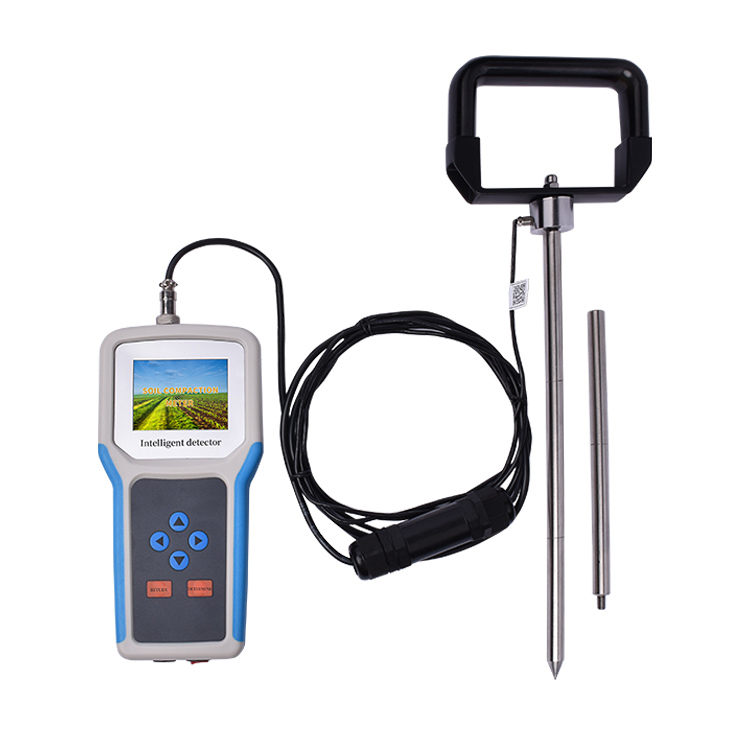
 +86 17853698681
+86 17853698681
